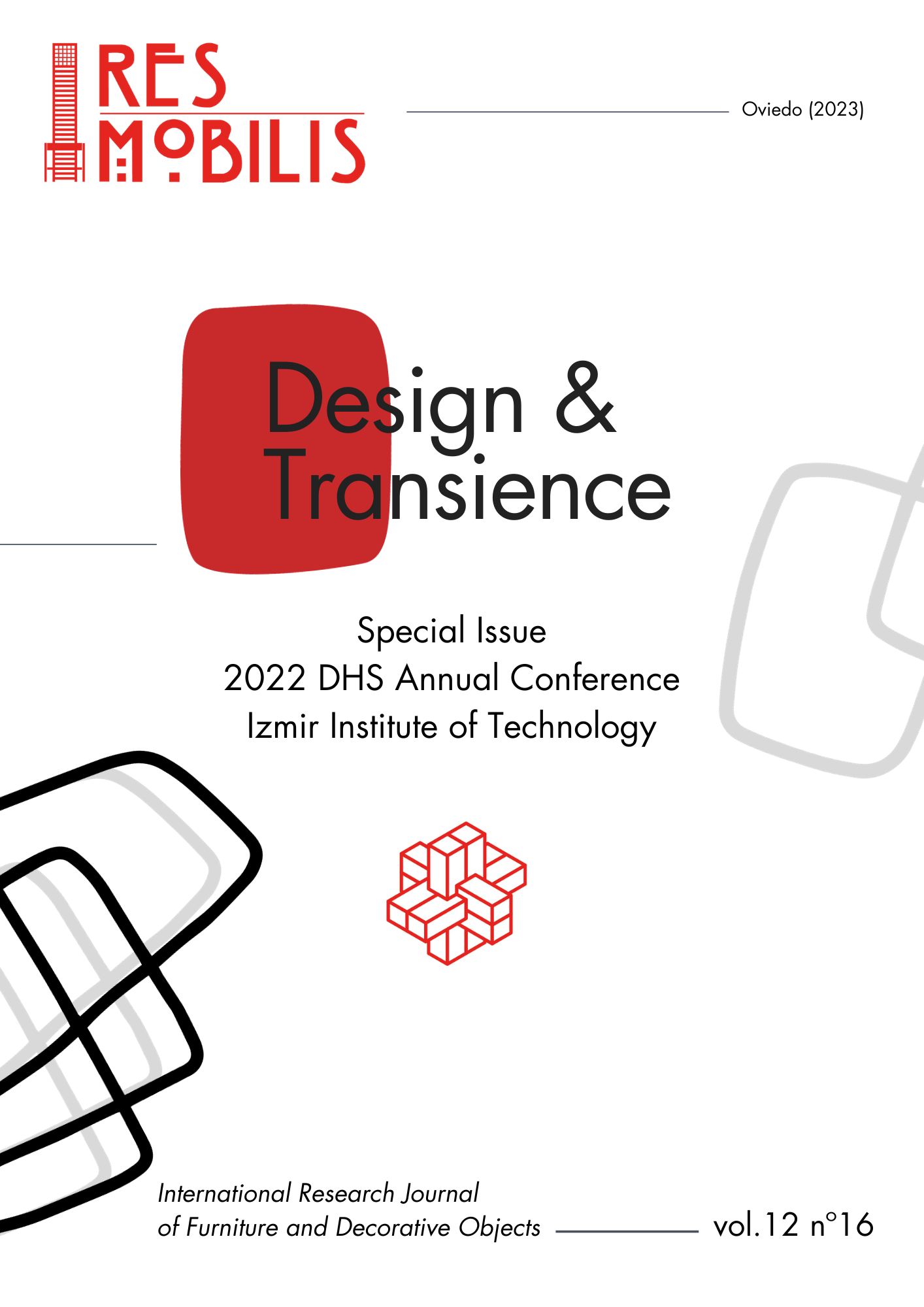Resumen
The transience of populations reflects itself as the life cycle of the buildings. Constantly changing dynamics in the entities of a building also constantly effects the fate of the structure. Even with the proper treatment, the loss of its compatibility in functions with the deterioration of a structure becomes inevitable with the forces of various humanitarian, natural and ecological crises.
The examined case that has experienced several phases of ephemerality in its lifetime is the North Brother Island in NYC that people abandoned more than half a century ago. In its many lives, the island has been a quarantine island, the site of one of the deadliest maritime accidents, a last resort housing solution for WWI veterans, and a forced rehabilitation center for young drug addicts. Today the island is occupied with a few abandoned public buildings, which are remnants of its troublesome past, and innumerable plants that have taken over the land after everyone left. And now it is facing its proclaimed sinking that is going to be happening in 100 years.
This project is for the treatment of a more than human community in the isolated jungle off the coast of the dense cosmopolitan NYC. In an era defined by the environmental and climatic crises, architecture’s long-standing obsession with monumental and immortal buildings has to leave a way for a humbler approach intending to provide habitats for more than one entity in the cycle of life.
The design method to answer this problem is to consciously re-creating places on the island by using de-constructed materials from the former buildings of the island with the addition of biodegradable ones. By their dissolving in nature after the sinking, only the skeletons of the structure will remain as a ruin, but also as a new home for underwater life.
In conclusion, this approach envisions a safe environment for nature and humans through the different stages of the island until the inevitable yet not to be feared sinking of the island, which will further become the starting point of the new urban infrastructure of underwater life.
Citas
Bijker, Wiebe E., Wiebe E. Bijker, Thomas Parke Hughes, T. J. Pinch, Deborah G. Douglas, and Thomas Parke Hughes. “The Evolution of Large Technological Systems.” Essay. In The Social Construction of Technological Systems: New Directions in the Sociology and History of Technology, 51. Cambridge, MA: MIT Press, 2012.
Blackburn, Tim M., Petr Pyšek, Sven Bacher, James T. Carlton, Richard P. Duncan, Vojtěch Jarošík, John R.U. Wilson, and David M. Richardson. “A Proposed Unified Framework for Biological Invasions.” Trends in Ecology & Evolution 26, no. 7 (2011): 333–39. https://doi.org/10.1016/j.tree.2011.03.023.
Cairns, Stephen, and Jane M. Jacobs. Buildings Must Die: A Perverse View of Architecture. MIT Press, 2014.
Clarke, Rachel, Sara Heitlinger, Marcus Foth, Carl DiSalvo, Ann Light, and Laura Forlano. “More-than-Human Urban Futures.” https://doi.org/10.1145/3210604.3210641. Proceedings of the 15th Participatory Design Conference: Short Papers, Situated Actions, Workshops and Tutorial - Volume 2, 2018.
Colomina, Beatriz, and Mark Wigley. Are We Human?: Notes on an Archaeology of Design. Zürich, Switzerland: Lars Müller Publishers, 2016.
Easterling, Keller. “No You're Not.” Superhumanity - Keller Easterling, September 2016. https://www.e-flux.com/architecture/superhumanity/66720/no-you-re-not/.
Forlano, Laura. “Posthumanism and Design.” She Ji: The Journal of Design, Economics, and Innovation 3, no. 1 (2017): 16–29. https://doi.org/10.1016/j.sheji.2017.08.001
Frankl, Viktor E. Man's Search for Ultimate Meaning. ISBN 0-306-45620-6. New York: Perseus Book Publishing, 1997.
Haraway, Donna. “Anthropocene, Capitalocene, Plantationocene, Chthulucene: Making Kin.” Environmental Humanities 6, no. 1 (2015): 159–65. https://doi.org/10.1215/22011919-3615934
Haraway, Donna. Staying with the Trouble: Making Kin in the Chthulucene. Durham: Duke University Press, 2016.
J. Asafu-Adjaye, L. Blomqvist, S. Brand, B. Brook, R. Defries, E. Ellis, C. Foreman, D.
Keith, M. Lewis, M. Lynas, T. Nordhaus, R. Pielke Jr., R. Pritzker, J. Roy, M. Sagoff, M. Shellenberger, R. Stone, and P. Teague. "An Ecomodernist Manifesto." Accessed March 1, 2023. http://www.ecomodernism.org/ (2015).
Jones, Angelina R. “Heritage Adrift: Designing for North Brother Island in the Face of Climate Change: Semantic Scholar.” Heritage Adrift: Designing for North Brother Island in the Face of Climate Change | Semantic Scholar, January 1, 1970. https://www.semanticscholar.org/paper/Heritage-Adrift%3A-Designing-for-North-Brother-Island-Jones/cc6c1f65ddc410be694d8e6dde6ab8077679d41b/figure/5.
Klein, Naomi. This Changes Everything: Capitalism vs. the Climate. New York etc.: Simon & Schuster paperbacks, 2015.
Light, Ann, Alison Powell, and Irina Shklovski. “Design for Existential Crisis in the Anthropocene Age.” Proceedings of the 8th International Conference on Communities and Technologies, 2017, 270–79. https://doi.org/10.1145/3083671.3083688
“North Brother Island Conservation and Access Study.” North Brother Island | Weitzman. PennPraxis, March 27, 2017. https://www.design.upenn.edu/work/north-brother-island.
Richardson, D. M. “A Compendium of Essential Concepts and Terminology in Invasion Ecology.” Essay. In Fifty Years of Invasion Ecology: The Legacy of Charles Elton, 409–20. Chichester, West Sussex: Wiley-Blackwell, 2011. doi:10.1002/9781444329988.ch30
Tarczewski, Romuald. “Transience of Architecture – Technical, Social and Enviromental Aspects.” SGEM International Multidisciplinary Scientific Conferences on SOCIAL SCIENCES and ARTS Proceedings, 2015, 757–64. doi: http://doi.org/10.21627/2020fa.
Tsing, Anna, Jennifer Deger, Alder Keleman Saxena, and Feifei Zhou. Feral Atlas: The More-Than-Human Anthropocene. Redwood City: Stanford University Press, 2021.


